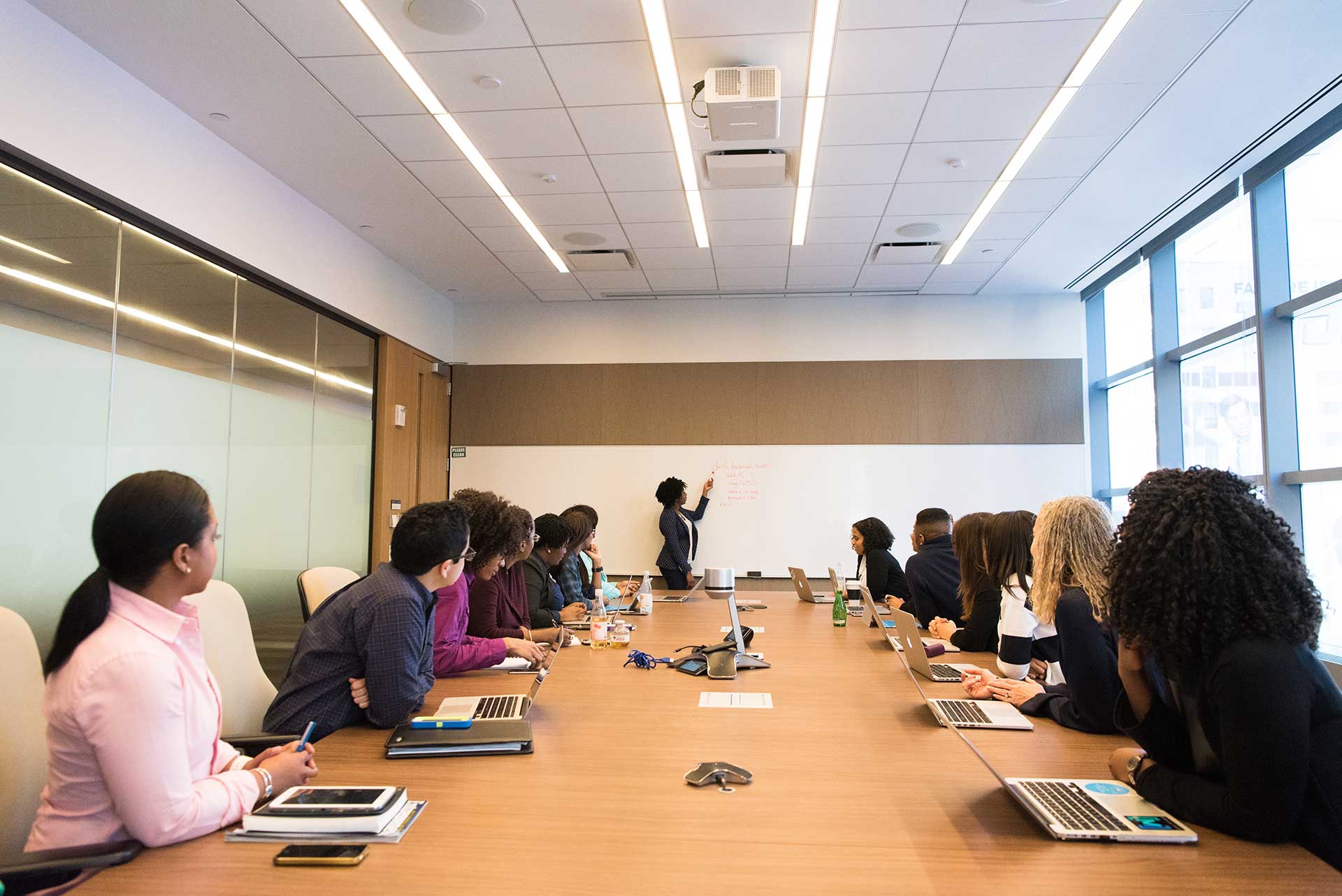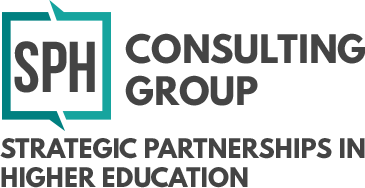How Do You Get Your Board to Start Thinking About the Future in a New Way?
August 1, 2023

Gauging by the calls we are receiving, an increasing number of higher education chief executives are becoming more aware of the critical need to develop strategies and tactics that address current and future challenges – and opportunities – facing their institutions. Stressors include significant declines in enrollment, which look to continue as we approach the coming ‘enrollment cliff’, and the increasing cost of doing business, resulting in reductions in endowments and reserves and increasing indebtedness, as institutions attempt to address the resulting fiscal challenges. Tactics and strategies will likely have to be different than what has been done before, and they may include major organizational restructuring such as internal and external mergers, acquisitions, strategic partnerships, and the like.
But how to start those conversations? And how to get your board to start thinking about the future in a new way?
Firstly, introducing these concepts requires care and planning. I suggest keeping the following in mind.
- One person at a time: Recently, I commented that these kinds of conversations start one person at a time. Because when presenting completely new – some would say radical – options for the future, it is critical to spend sufficient and focused time with whomever needs to be educated.
- Choose the order of approach: You should decide who needs to hear this first, second, and so on. Sometimes it’s your board chair that should be spoken to first. Sometimes it’s the person you are closest with on the board. Sometimes it’s one of your direct reports. Whomever it is, be sure that the choice is made planfully, fully understanding how the order of communication will impact the idea’s acceptance.
- In person: These nascent conversations need to be made in person, in confidence, and without a paper trail. And preferably not by videoconference, either. The nature of these discussions requires you to be able to fully read the individual’s body language for subtle (and not so subtle) cues as to their feelings and concerns.
- Find the right venue: These conversations should not be made on the fly, at the end of a busy board meeting, or in the hallway as members are leaving. Resist the urge to be spontaneous. Best to arrange for a specific appointment with sufficient dedicated time, in a setting with a minimum of distractions and without having to rush.
- Tell a story: As we commented recently, storytelling is a critical skill in fostering institutional transformation. Provide the background for why the concept should be considered and examples of other schools who succeeded in leveraging the strategy… or who failed by not considering it. In essence, tell a story, weaving the environmental changes we are facing with the history of the institution. Your story should lead the listener along the same thought path that you followed.
- Make a point of listening: While an idea may seem to you like the right one, at least the right one for consideration, it will be critical to speak only enough to tell the story and then listen. Understanding the concerns and objections of the listener will help you to craft a better approach. And often will provide you with insights on issues you were not aware of but should be.
- Be patient: It will take time and often more than one discussion for individual board members and other leaders to fully grasp the situation on the ground and the opportunities presented. Take your time… but not too much.
- Just for discussion: Reassure the listener that you are bringing these possible options for their consideration, not because you think they should be done, but because you think they need to be considered and vetted.
- End with next steps: Make sure your discussion ends with clear next steps. Whether it is to meet again to continue the discussion, or to bring in other board members, or even to hire an external party to assist in the education. Always clearly state what the next steps and timeline should be.
Secondly, once key individuals have been approached and appraised it might be time to educate the board as a whole. Often this may be ad hoc, although on occasion, it is part of a larger strategic and scenario planning session. This is where external third parties can be very helpful. A third party not only helps bring in fresh perspectives but also provides institutional leaders with a modicum of distance from the discussions, which can be important as they continue to advocate for the institution’s students and its future.
The team at SPH Consulting Group frequently offers short education sessions to college and university boards or individual board members and helps to manage strategic and scenario planning sessions.
To learn more about SPH Consulting Group and how we can help your organization, contact office@sphconsultinggroup.com.
Writer: Ricardo Azziz, Principal, SPH Consulting Group.
